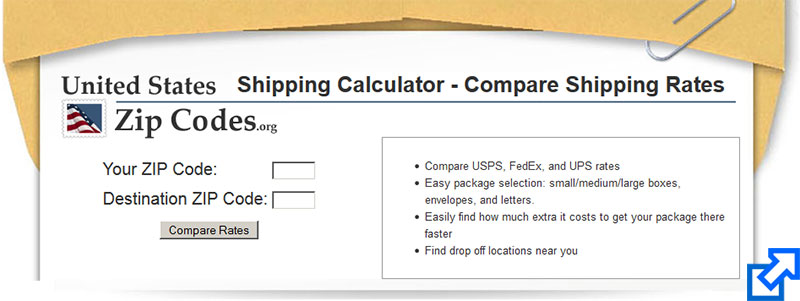By now almost everyone has read the stories about FedEx’s new dimensional pricing policy.
Although FedEx is the first to announce this move, they surely won’t be the last.
As history has shown UPS will not be far behind. So how will this impact ecommerce order fulfillment and direct selling companies? First let’s look at the industry trends impact this move.
The trucking industry as a whole has been buffeted by many factors not the least have been driver shortage and equipment shortage. During the “great recession” many smaller trucking firms were forced out of business as shipping demand contracted. This reduction in overall trucking capacity was exacerbated by the continuing lack of new truck drivers entering the profession, which has been going on for many years.
The average age of a truck driver today is 55 and continuing to climb. Add to this trend the recent reduction, by the Federal Motor Carrier Safety Administration, of the number of hours a driver can log behind the wheel each day and you have the makings of severe capacity contraction. The effects of this contraction are already being felt in the full truckload and less the truckload markets where upward pricing pressure continues to impact spot markets.
Related: Recent Study Indicates New Trucker Rest Rules Could Mean Higher Consumer Costs
For those in the parcel shipping business these trends have been late in manifesting themselves but the day of reckoning is here. FedEx, UPS and other parcel shippers are not immune from these capacity trends.
Although it’s true that the big parcel carriers can easily buy more trailers and trucks to handle increased demand, what they are finding is they can’t find the drivers and the drivers they have cannot be on the road as many hours as they used to due to new regulations thereby increasing the need to maximize the capacity of each trailer.
The move to dimensional pricing reflects this need by placing the focus on volume rather than weight since much of the parcel trailers new travel at maximum allowable weight.
So what should ecommerce companies do in response? First of all evaluate your current shipping cartons to make sure you are utilizing the appropriate size. Remember with dimensional pricing you don’t want to be shipping air. You may need to add sizes in order to have a more efficient pack.
To the greatest extent possible, ship multiple items in one box. This may mean new packing methods to ensure large and small items can ship tightly together in a single carton or it may mean changing your marketing approach to encourage customers to purchase multiple items that can then be shipped together.
It is estimated that 32% of all FedEx shipments will be impacted by this pricing change.
Most especially effected are shipments in boxes that are between 192 and 4,096 cubic inches. If you are in this package size range, contact your FedEx representative. As with past price increases, some shippers have been able to negotiate phased in increases rather than getting hit all at once. In addition, you might want to try renegotiating your contract weights once you have analyzed your shipping sizes for more efficient packing.
Source: IDS Ecommerce Fulfillment and Operations Blog
More SC24/7 Content on “E-Commerce”
Article topics
Email Sign Up


















